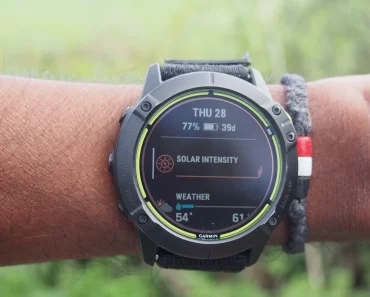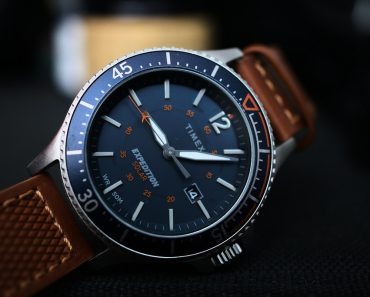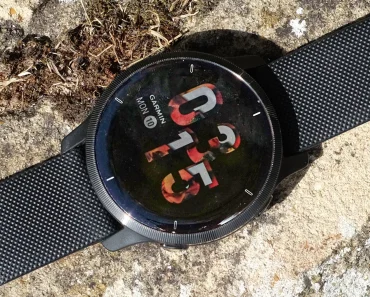Solar wristwatches are powered by absorbing sunlight, and there are many different models from brands like Seiko, Junghans, and Casio, to name a few. There’s no doubt that these companies make fantastic solar timepieces. However, the watches do cease operating from time to time. Why is that?
If your solar watch stops operating, keep reading as I go through each of these possibilities to help you understand how they might affect your solar watch and how to deal with them.

1.) The Solar Watches Do Not Have Enough Lighting
Solar watches use light. Solar cells turn light into electricity. Its battery is rechargeable. Low light can damage watches. Solar-powered timepieces need bright light. Charge your watch in bright light. Cloudy days are good for charging watches.
2.) The Battery Is Obsolete
Some watches won’t charge. Your rechargeable battery may be outdated. Solar-powered watch batteries can last 10 years.
After ten years or so, you should evaluate replacing your battery. You can have the battery replaced at a watchmaker.
3.) The Battery Is Inadequately Charged
Anything that needs charging for a set amount of time. If your solar watch’s time is inaccurate, it may not be getting enough light or charging long enough.
An hour out of each day is more than enough time to keep a solar watch going for a long period. However, if you don’t have strong enough artificial lighting or sufficient sunshine, your watch won’t charge.
It takes around a month to charge completely, which might be difficult in some settings.
4.) There’s Not Enough Natural Light
You may think your workplace cubicle or desk lighting can power your solar light. Half right. Even bad office lights can’t power these watches indefinitely.
Natural illumination, on the other hand, is far superior at providing energy to solar timepieces than any artificial source ever could be. A hazy day is preferable to a desk lamp on a cloudy day.
When your screen is unconnected to the phone, turn it off. It consumes a lot of battery power when you leave it on continuously.
In about 2 minutes, exposure to 100,000 lux delivers enough power to charge your phone for roughly half a day.
Artificial light, on the other hand, offers only 3,000 lux and takes about 40 minutes to charge for a full day. You may get enough electricity to last for roughly 24 hours in 12 minutes or so.

5.) The Watch Needs Servicing
Solar watches need maintenance. Check your watch’s inner mechanisms if it’s moving slowly. Your watch’s mechanical parts may need lubrication. If the watch stops and won’t charge, it may be damaged.
A watchmaker can repair a broken watch. Solar watches often have electrical, mechanical, and oxidation concerns. These devices must be repaired every 3 to 5 years to prevent damage.
6.) There’s Water Inside The Watch
Water-resistant electronics have a better chance of avoiding harm, yet it still happens. Silicone gaskets in a solar watch prevent water damage. Damaged or oiled gaskets might let water through.
However, not all water is the same; some may be quite abrasive, for example. Soap from hand or dishwashing can damage a timepiece as well.
Due to the fact that the gasket is composed of plastic and oil, it can be dissolved by soap. There’s nothing to stop water from entering when this happens.
7.) The Battery Is Leaky
There are two ways to discover whether your battery is leaking.
Charge the watch in the sun. If your watch stops after charging, the battery is leaking. If the watch stops working in the dark, there’s a battery leak.
The battery acid inside of batteries that have been stored for a long time can be extremely corrosive. Not only may this burn through the battery and damage the gadget, but it can also cause skin burns.
8.) The Watch Lacks Proper Care
In general, well-maintained electronics are more likely to function properly and for a longer period of time than those that aren’t.
You’ll need to service your watch every 3 to 5 years, even though a battery can last 10 years. Gaskets and lubrication can also be replaced during servicing.
You should also limit watch storage time. Too long storage can damage and harm a watch. Also, power loss. An unattended solar watch loses power.
Wear your watch often to prevent damage from storage. Many solar watches aren’t waterproof but water-resistant, so a hard downpour or submersion can destroy them. It should not become wet.



